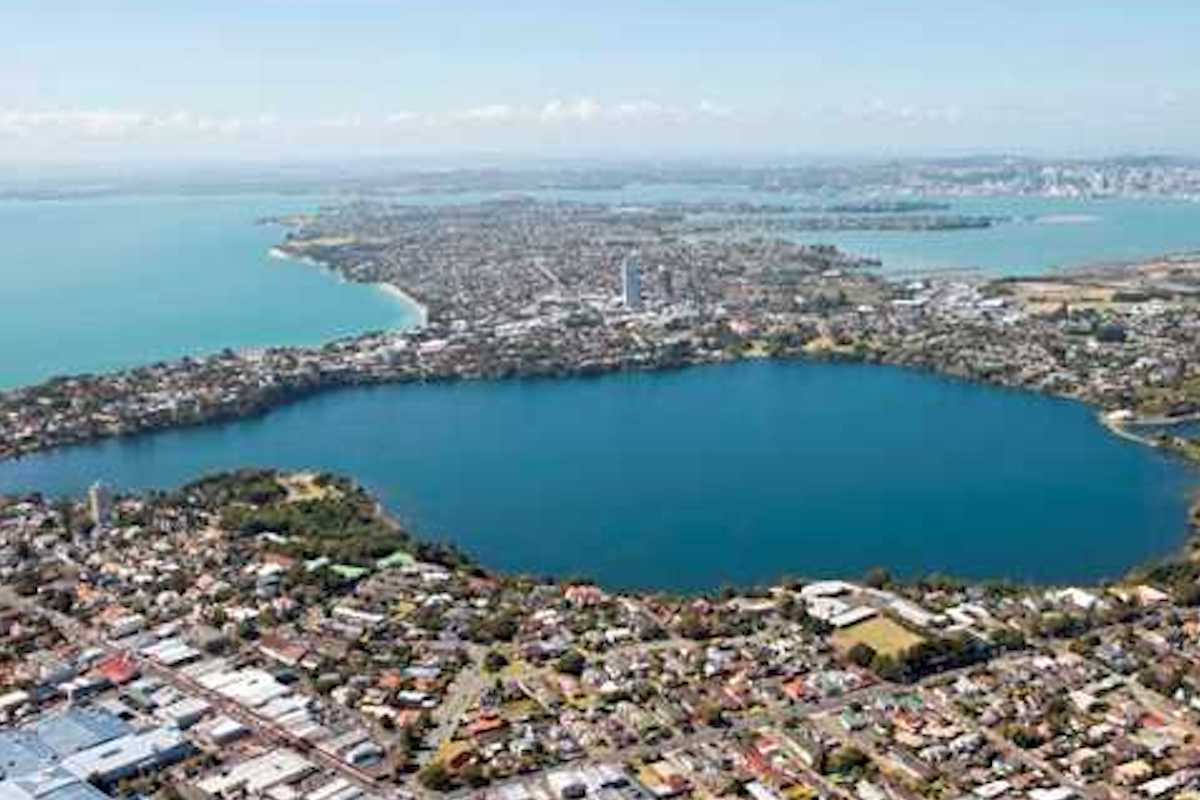What's New
22 January, 2021
Lake Pupuke rates poorly in health stakes

Lake Pupuke is in a poor state, a report by the Land, Air, Water Aotearoa (LAWA) agency says.
Both the water quality and ecological state of the 1000ha North Shore lake is rated poor, the latest report issued late last year reveals.
But Pupuke is not alone in that, with 65 lakes (more than half of those monitored across the country) put in the poor, or very poor, category.
Just 24 lakes of the 124 monitored are considered to be in good or very good condition. Pupuke has been on a downward spiral for many years, worrying lake guardians who fear efforts to improve things will prove uphill work.
LAWA is a collaboration between New Zealand’s 16 regional and unitary councils, the Cawthron Institute, and the Ministry for the Environment, supported by the Department of Conservation and Statistics New Zealand.
It uses council data to monitor lakes. Its latest collated data, from 2019, is the first time a national picture has been presented.
Mountain lakes are generally in better condition than lowland ones, which tend to be in more populated or heavily farmed areas. Lake Pupuke is unusual for its urban surrounds. It has a catchment area of similar size to the lake itself.
A Cawthron Institute freshwater ecologist, Dr Roger Young, who is part of the LAWA lakes-science team said the study analysed how nutrient-rich lakes were. Nutrient overload from land-based activities leads to phytoplankton growth, reduced clarity, and toxic algae blooms.
A Trophic Level Index (TLI) was used to measure this. In Lake Pupuke, the TLI was 4.2 on a scale of 1-7, with higher numbers indicating more of the damaging nutrients.
In 2018, the measurement was a better 3.6, but a few years previously had also been over 4.
For another important reading, that of a lake’s Submerged Plant Index (SPI), Pupuke again rated “poor”. The SPI describes the ecological condition of a lake based on the plants present in it, with natives considered healthy and invasive growth not. Lake Pu- puke, with just 11.3 per cent native plants has a worryingly low 18 per cent overall rating for its condition. Measurements in earlier years put it in the moderate condition category, when it showed an SPI rating well over 20 per cent.
Another LAWA contributing scientist, Dr Deniz Ozkundakci, from Waikato Regional Council, cautions that it is important lakes are supported if people are to be able to enjoy them into the future.
LAWA records, which the public can see on the agency’s website, helped contribute to this. Improving lake water quality needed a combination of community-based actions, effective policies and restoration work, he said.
The Rangitoto Observer can be downloaded online here.

Please consider supporting The Rangitoto Observer by clicking here:

